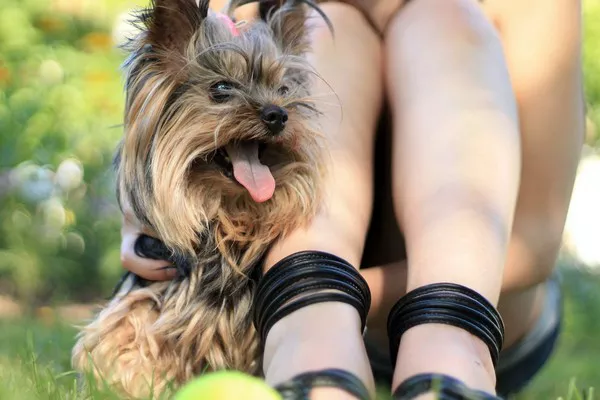Mini Lops, with their adorable floppy ears and compact size, make delightful pets. But ensuring their health and happiness requires proper care, including a balanced diet. One of the most common questions Mini Lop owners have is: how many pellets should I feed my rabbit?
While a seemingly simple question, the answer depends on several factors, and a one-size-fits-all approach isn’t ideal. This article will delve into the specifics of feeding your Mini Lop the right amount of pellets, taking into account their age, weight, activity level, and overall health.
Understanding the Mini Lop Diet
A healthy Mini Lop diet should primarily consist of hay, supplemented with fresh vegetables, a limited amount of pellets, and occasional treats.
Hay: Hay is the cornerstone of a rabbit‘s diet, making up about 80-90% of their food intake. It provides essential fiber for healthy digestion and dental health, preventing issues like gastrointestinal stasis and overgrown teeth. Timothy hay is the most recommended type for adult Mini Lops, while alfalfa hay can be offered to young rabbits under six months old.
Fresh Vegetables: Fresh vegetables offer essential vitamins, minerals, and moisture. Leafy greens like romaine lettuce, kale, and cilantro are excellent choices. Introduce new vegetables gradually to avoid digestive upset.
Pellets: Pellets provide concentrated nutrients, but should be offered in limited quantities to prevent obesity and other health problems.
Treats: Treats like fruits and commercially available rabbit treats should be offered sparingly, as they are often high in sugar.
Factors Influencing Pellet Intake
The appropriate amount of pellets for your Mini Lop depends on several factors:
Age: Young, growing rabbits require more pellets than adults to support their development. Kits under six months can be fed unlimited pellets alongside alfalfa hay. As they reach adulthood, the amount of pellets should be gradually reduced.
See Also:Should I Give My Rabbit Mix or Pellets?
Weight: The ideal weight for a Mini Lop is between 3.5 and 6.5 pounds. Overweight rabbits require fewer pellets, while underweight rabbits may need a slight increase.
Activity Level: Active rabbits burn more calories and may need slightly more pellets than their less active counterparts.
Overall Health: Certain health conditions may necessitate adjustments in pellet intake. Consult your veterinarian for specific recommendations.
Determining the Right Amount of Pellets
With the above factors in mind, here’s a general guideline for feeding pellets to your Mini Lop:
Adults (over 6 months): Offer 1/8 to 1/4 cup of pellets per day for every 5 pounds of body weight.
Young rabbits (under 6 months): Provide unlimited pellets alongside alfalfa hay.
It’s important to note that these are just starting points. Monitor your rabbit’s weight and adjust the amount of pellets accordingly. If your Mini Lop is gaining too much weight, reduce the pellets slightly. Conversely, if they seem underweight, you can offer a bit more.
Always consult your veterinarian if you have any concerns about your Mini Lop’s diet or health.
Additional Feeding Tips
Choose high-quality pellets specifically formulated for rabbits. Avoid mixes containing seeds, nuts, and dried fruit, as these can be unhealthy for rabbits.
Introduce new pellets gradually to avoid digestive upset.
Divide the daily pellet ration into two or three smaller portions to prevent overeating.
Monitor your rabbit’s hay intake. If they are not eating enough hay, it can lead to health problems.
Provide fresh water at all times.
Conclusion
Feeding your Mini Lop the right amount of pellets is crucial for their health and well-being. By considering their individual needs and following the guidelines outlined above, you can ensure your furry friend thrives on a balanced and nutritious diet. Remember, a healthy Mini Lop is a happy Mini Lop!
Related Topics:
























